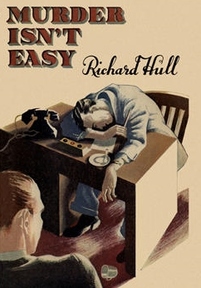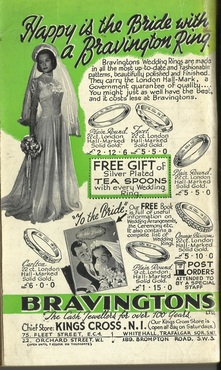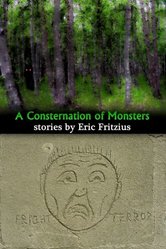
Synopsis:
As a tale told in a roundelay of secret journal entries by its office employees, it becomes immediately clear that all is not rosy in the halls of the NeO-aD advertising agency. We first meet Nicholas Latimer, copy writer and founding member, bitterly noting the shortcomings of his co-workers. In particular, he cannot stand salesman Paul Spencer’s teasing tone and rash business decisions, such as creating a marketing campaign for a canning company before a client is even signed. Spencer also chides Latimer for his frequent office naps and his penchant for starting every advertisement with the words, “And now, the new…” regardless of the product for sale.
The precise and bottom-line-minded Mr. Barraclough also shares observations of his colleagues – he might or might not be implicated in a separate incident in which Paul Spencer narrowly avoided being hit by a car. The unassuming office secretary Miss Wyndham and product artist Percy Thomas (whose appealing drawings of fruits and vegetables for the prospective client Greyfields Canning Latimer tears to pieces) also offer a perspective on the curious affair. Ironically, the only person not invited to share a commentary on events is Inspector Hoopington, who is either a dull-witted plodder or a clever ally, depending on whom you believe.
Review: Richard Hull’s 1936 offering Murder Isn’t Easy is highly enjoyable and proves a fine example of the author’s talent for delivering amusing characterization and a dryly satirical touch. As the story unfolds through the viewpoints of four different characters, the reader is invited to weigh the (often critical) remarks that each has of his fellow colleagues with what is said or insinuated about him in turn. It is a great pleasure, for example, to read Latimer’s justifications for his frequent absences from the office, as the excuse rings too defensive and speaks volumes about his character:
“How am I to write good copy, to get new ideas, to keep my brain fresh, if I do not see [by attending a weekday trade show] the work which other people are doing, the way in which they decorate their stands at such an exhibition for instance – in short, if I do not keep in touch with modern sales methods?”
 A nod to NeO-aD marketing: handmade art, copy, and lettering, circa mid-1950s.
A nod to NeO-aD marketing: handmade art, copy, and lettering, circa mid-1950s. 
 RSS Feed
RSS Feed